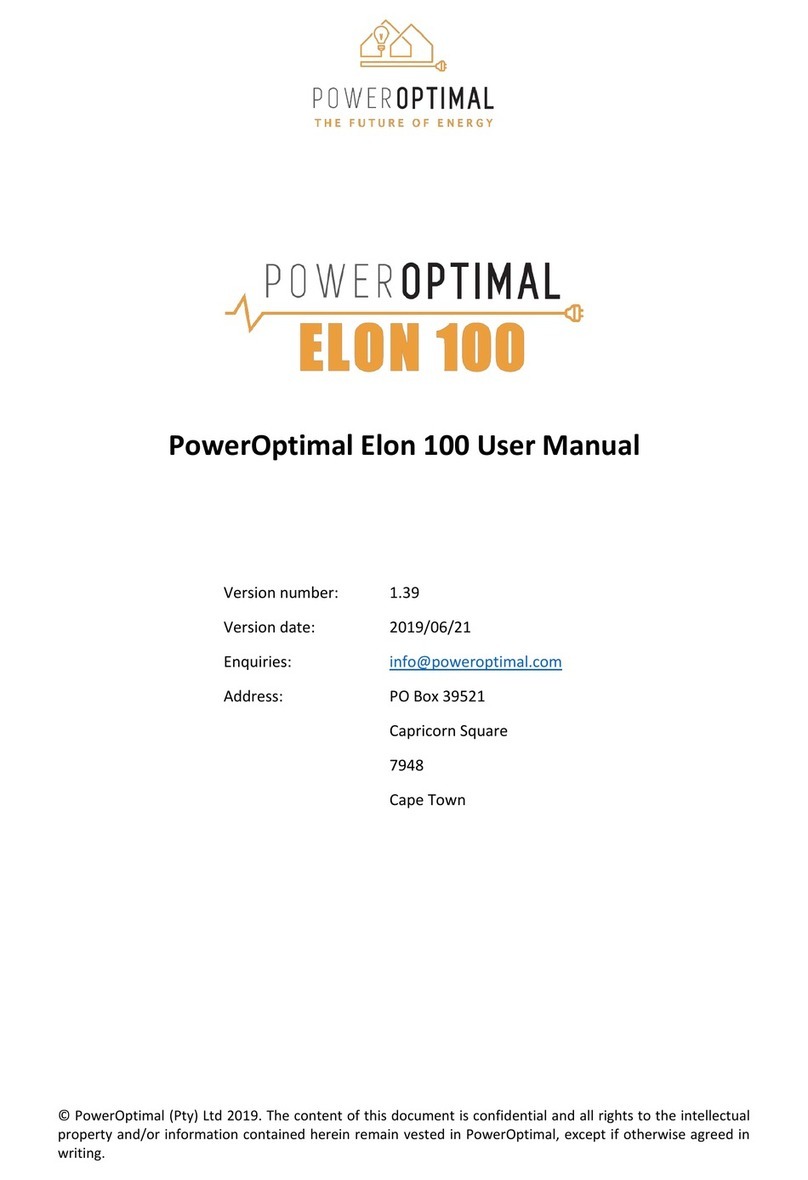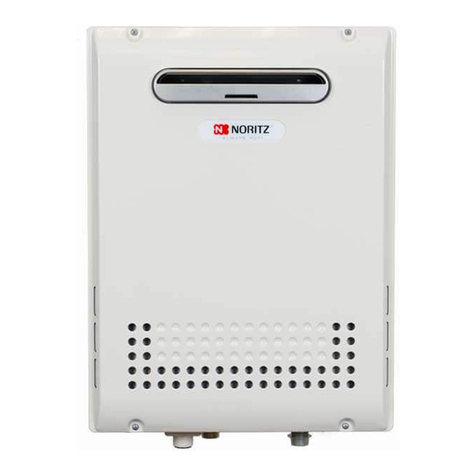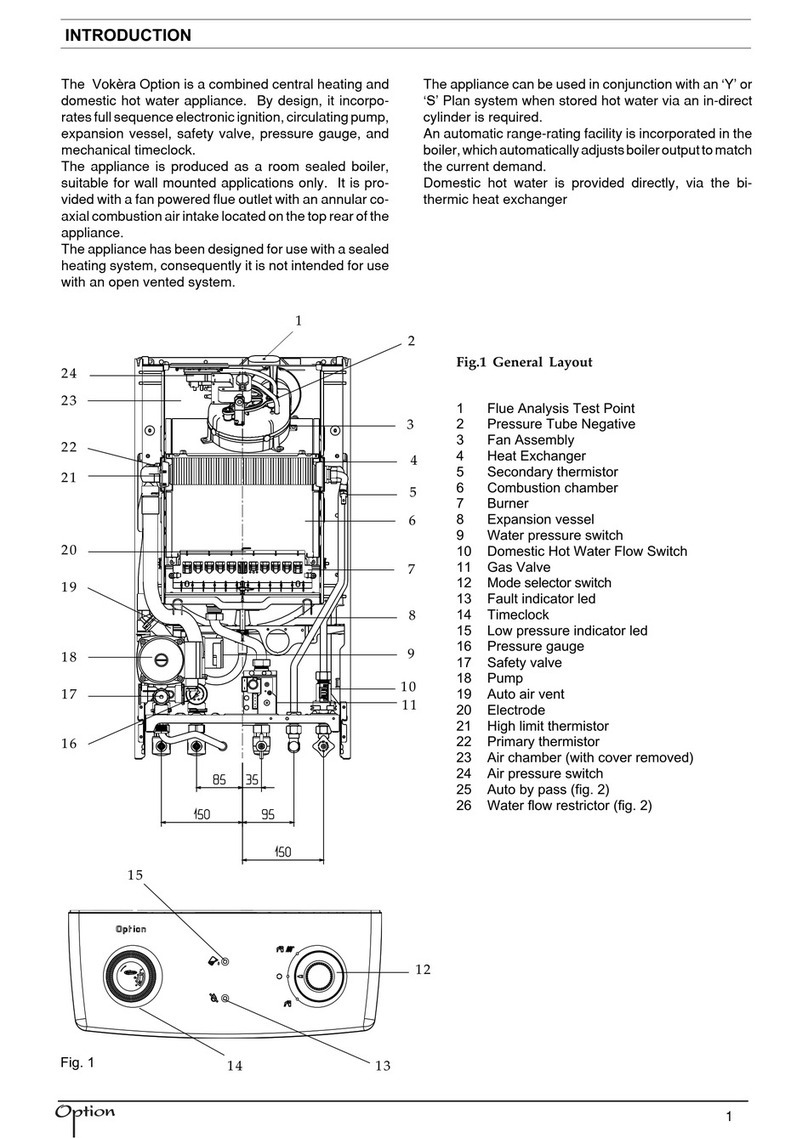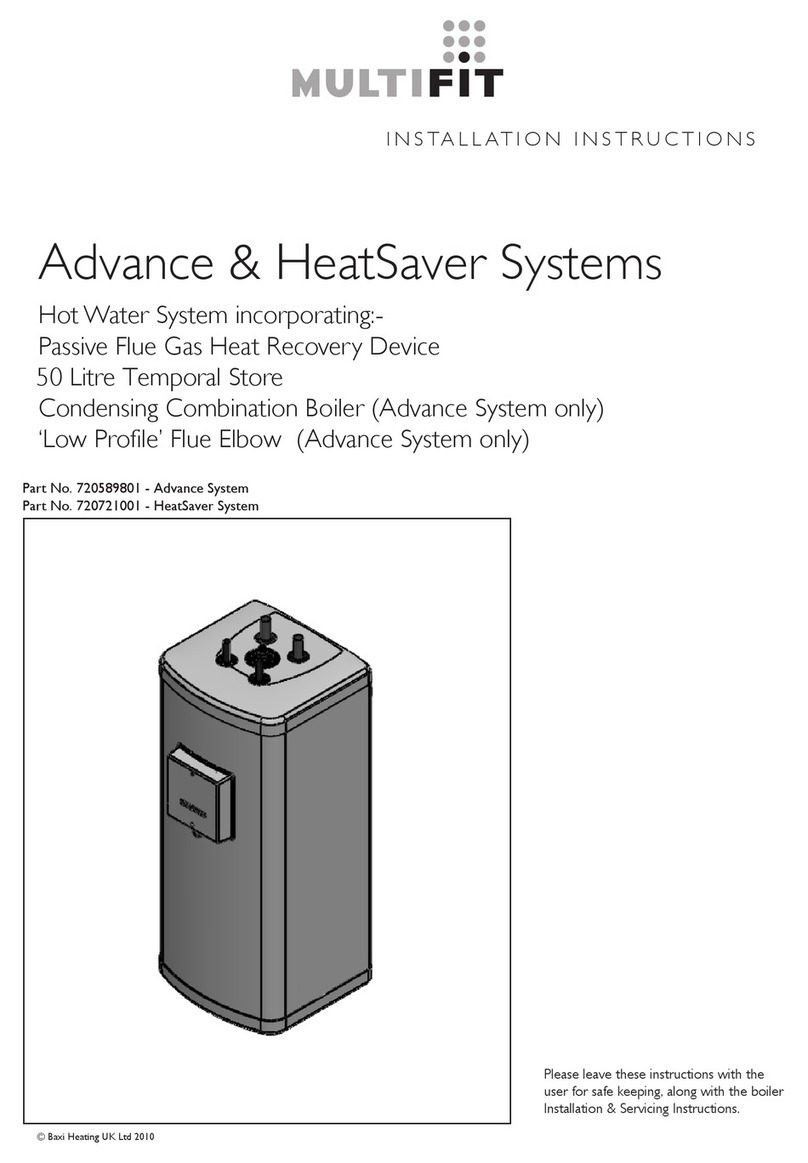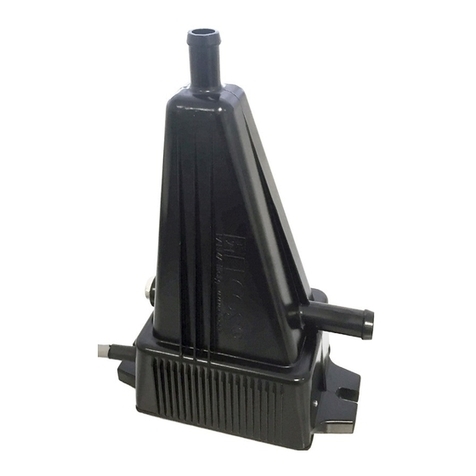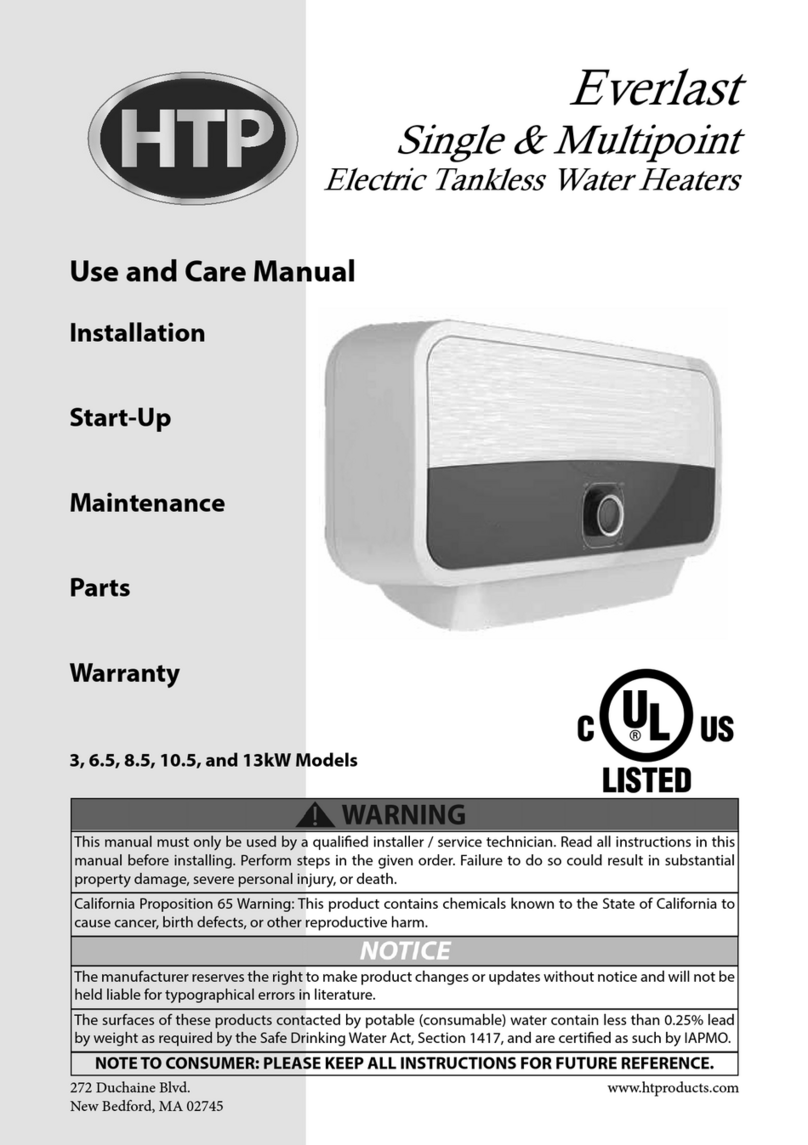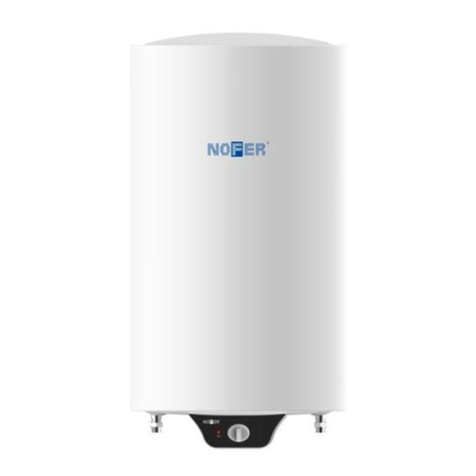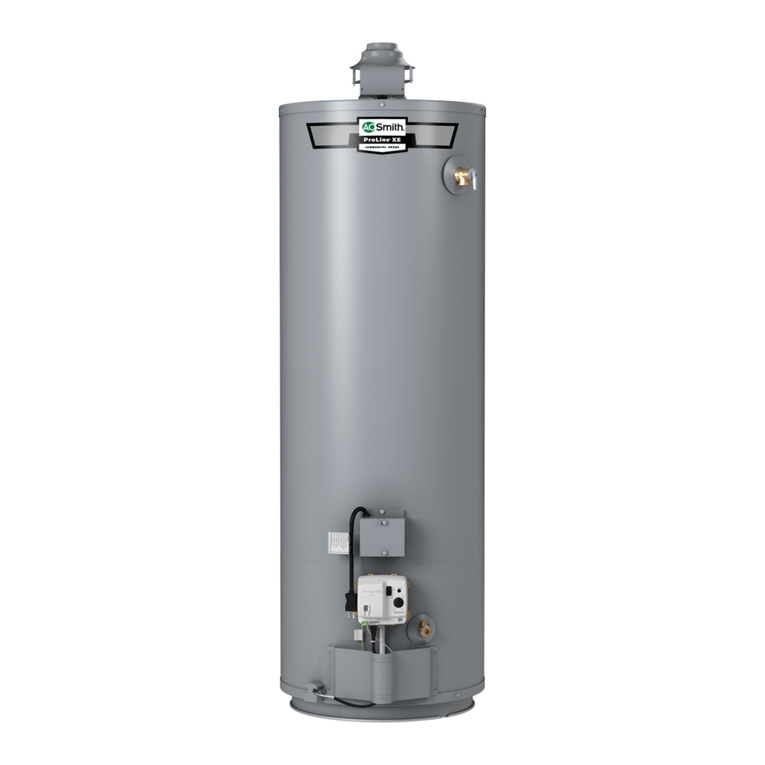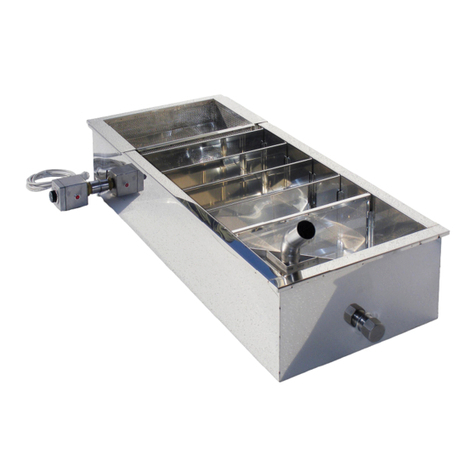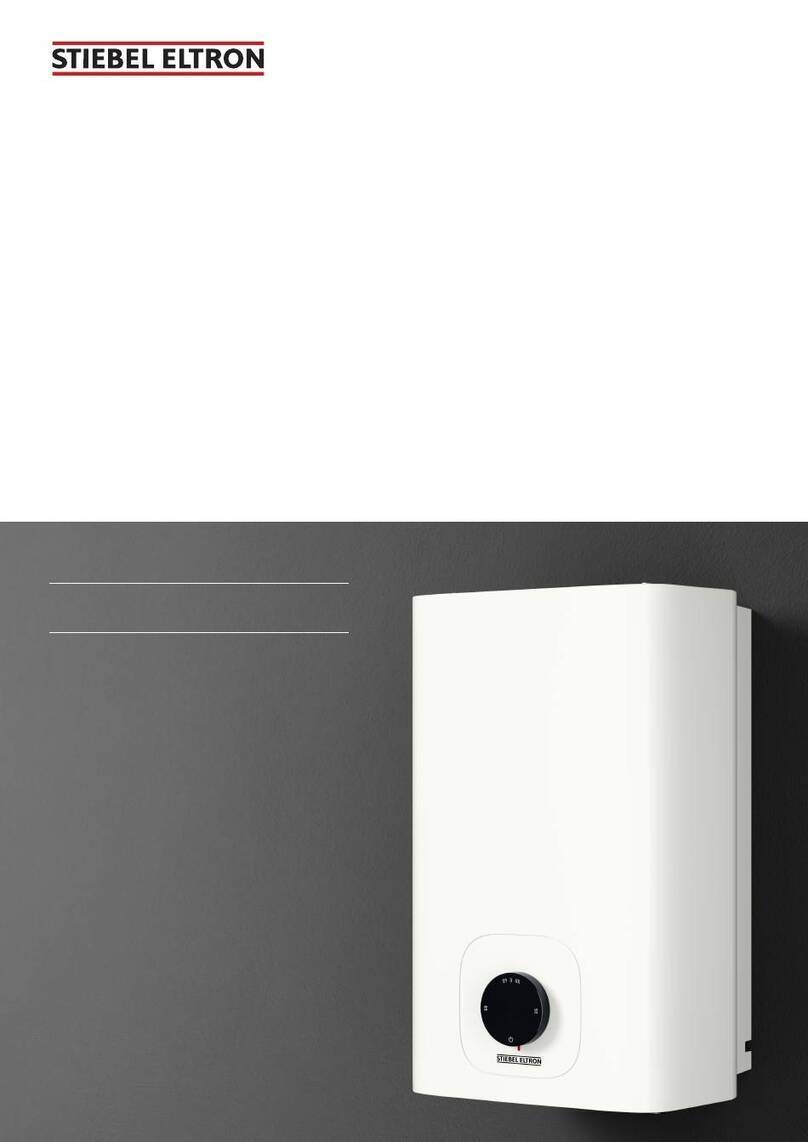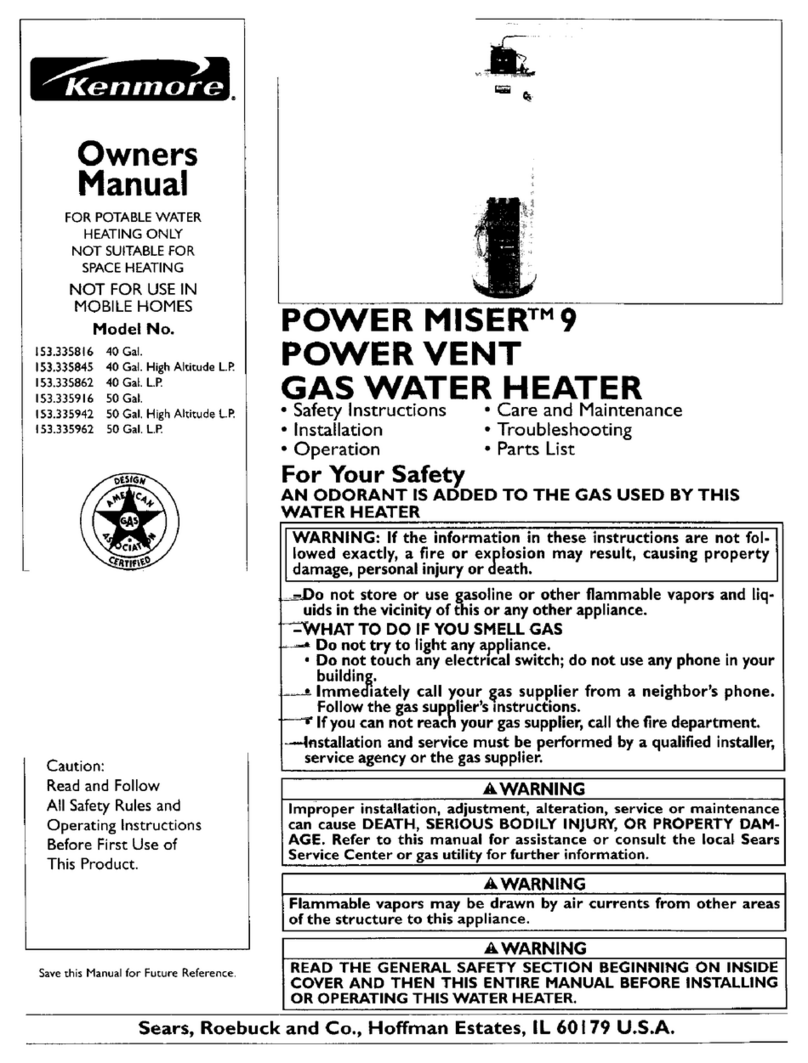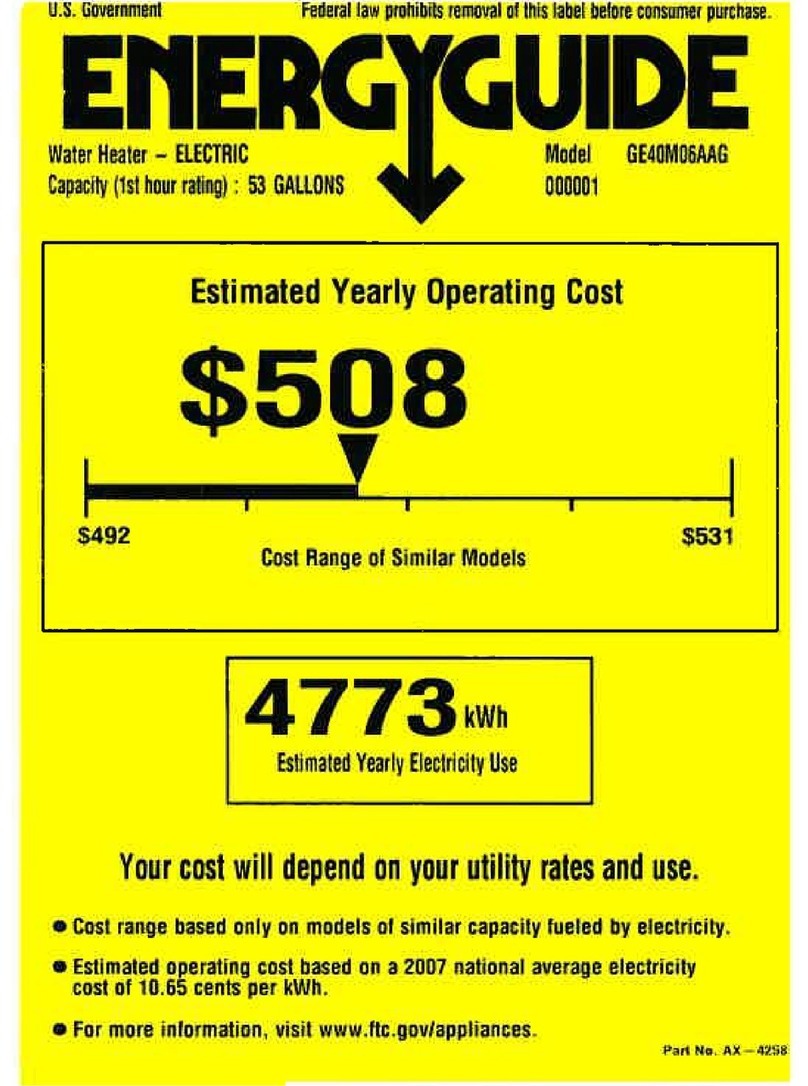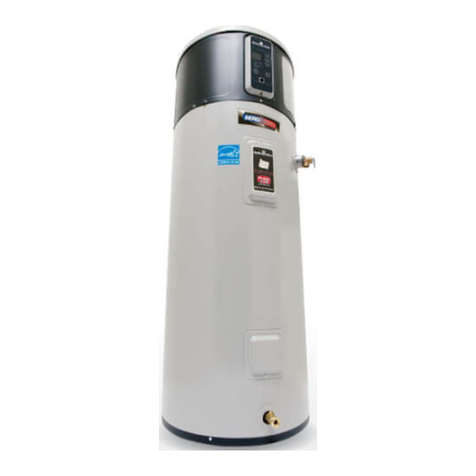If the TPR valve continually discharges during the use of the wetback then it is
because of the excessive “Temperature” in the unit rather than pressure. Either
turn the fire “Down” or use some hot water i.e. run a bath. If the problem
persists each year, another suggestion is to look at fitting radiators to warm
other areas in the house and also burn up the excess energy.
Insufficient Hot Water –
Has power been turned off?
Is the unit connected to the ripple electrical supply and is it
currently turned off. (Can apply during winter. Authorities Conserve
Power).
Check main switchboard to see if contactor is out of position.
Check fuses in main switch board marked “Hot Water Supply”.
Check the family usage of hot water. Normal recommended flow
rate for shower 8-10 Litres/Min i.e. 4-minute shower 40 litres. Flow
control valve can be fitted to limit this.
Check thermostat setting (may have been set down for summer).
If the Wetback is not performing very well it could be due to an
incorrect installation. Check approx 330 mm from underside of cylinder
to centre line of top connection on the wetback in the fire. If it is not
set up like this it will lead to back syphoning ie during fire cooling down
it will draw hot water out of the cylinder into the fire causing the water
to cool and increase the electricity bill.
Higher Power Accounts –
Too high family usage (mainly shower)
Leaking hot water supply pipe, dripping tap. Replace faulty washers.
Either expansion or TPR discharge excessive amounts of water.
Has power tariff increased since last power account
If a mains pressure cylinder has been fitted into an existing low-
pressure system, fit new showerheads and limiting valves to facilities.
If the Wetback is not performing very well it could be due to an
incorrect installation. Check approx 330 mm from underside of cylinder
to centre line of top connection on the wetback in the fire. If it is not
set up like this it will lead to back syphoning i.e. during fire cooling
down it will draw hot water out of the cylinder into the fire causing the
water to cool and increase the electricity bill.
WARRANTIES:
Warranty (Domestic):
“Combo” Domestic Water Heaters are backed by comprehensive 12-month
parts and labour warranty, also a guarantee to replace or repair the internal
pressure cylinder for a total of 7 years.
Solarmaster will not be liable for any loss or damage of any unit that has not
been correctly installed.
1st Year warranty:
Solarmaster Ltd will replace or repair any cylinder due to faulty workmanship
during the first twelve months including removal/reinstallation/Freight charges.
Solarmaster will not cover any costs such as cranage or roof removal where the
cylinder has been located in a non-accessible area.
2–7 Year Warranty
Solarmaster will replace or repair any cylinder due to faulty workmanship during
the 2nd –7th year. Any costs incurred for removal/reinstallation are the
responsibility of the owner.
Solarmaster will cover freight costs.
Solarmaster will not cover any costs such as cranage or roof removal where the
cylinder has been located in a non-accessible area.
Where a failed component or cylinder is replaced under warranty, the balance
of the original warranty period shall remain effective. The replaced part or
cylinder does not carry a new warranty.
Warranty (Commercial)
Commercial cylinders have a 12-month replacement warranty.
Any costs incurred for removal/reinstallation/freight are the responsibility of the
owner.
Solarmaster will not cover any costs such as cranage or roof removal where the
cylinder has been located in a bad accessible area.
Solarmaster Warranties will not cover any units that have not been installed in
accordance with the above criteria.







